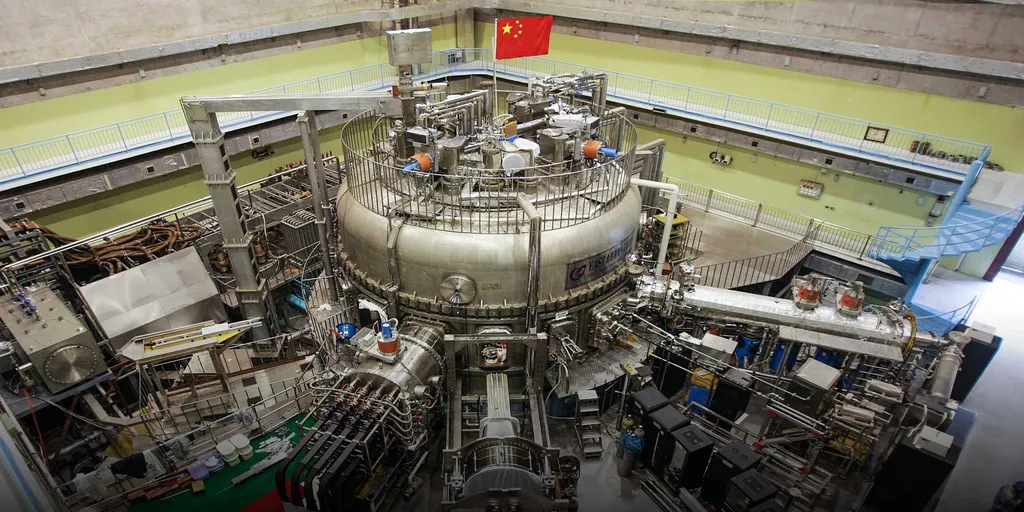In the relentless pursuit of nuclear safety, a groundbreaking development has emerged from the labs of Southwest Jiaotong University. Researchers, led by Wei Quan from the School of Electrical Engineering, have introduced a novel model named CrackCTFuse, designed to revolutionize crack detection on nuclear cladding coating surfaces. This advancement, detailed in a recent study published in the journal *Nature Scientific Reports*, promises to enhance the safety and efficiency of nuclear power plants, a sector where precision and reliability are paramount.
Nuclear cladding, the outer layer of fuel rods, plays a critical role in containing radioactive materials. Ensuring its integrity is vital for preventing leaks and maintaining the safe operation of nuclear reactors. However, detecting cracks on these surfaces has been a persistent challenge due to the complexity of crack morphology and the subtle features of fine cracks. Existing methods often fall short, leaving room for improvement in accuracy and reliability.
The CrackCTFuse model addresses these issues head-on. By effectively capturing both local detailed features and global context in crack images, it offers a more comprehensive approach to crack detection. “Our model is designed to supplement and enhance the edge details information of cracks, facilitating the effective integration of local and global features,” explains Wei Quan. This dual focus on detail and context is a significant leap forward, as it allows for more accurate and nuanced detection of cracks, even in the presence of interfering factors.
One of the standout features of CrackCTFuse is its multi-scale convolutional attention module. This innovative component aggregates multi-scale contextual information, enhancing skip connections and improving the model’s ability to perceive and represent crack features at various scales. The result is a model that is not only more accurate but also more adaptable to the diverse range of crack patterns that can occur on nuclear cladding surfaces.
The effectiveness of the CrackCTFuse model was demonstrated through experiments conducted on a specially constructed dataset of nuclear cladding coating surfaces. The model achieved impressive results, with a Mean Intersection over Union (MIoU) of 92.70% and an F1-score of 92.54%. These metrics underscore the model’s high accuracy and reliability, making it a valuable tool for ensuring the safety of nuclear power plants.
The implications of this research extend beyond immediate applications. As Wei Quan notes, “This model has the potential to shape future developments in the field of nuclear safety and beyond.” The ability to detect and analyze cracks with such precision could lead to advancements in predictive maintenance, reducing downtime and improving the overall efficiency of nuclear power plants. Moreover, the principles underlying the CrackCTFuse model could be applied to other industries where crack detection is critical, such as aerospace and civil engineering.
In an era where safety and efficiency are paramount, the CrackCTFuse model represents a significant step forward. Its development highlights the importance of innovative research in addressing longstanding challenges and paving the way for a safer, more reliable energy future. As the energy sector continues to evolve, advancements like these will be crucial in ensuring the safe and efficient operation of nuclear power plants, benefiting both the industry and the communities it serves.

